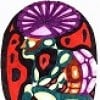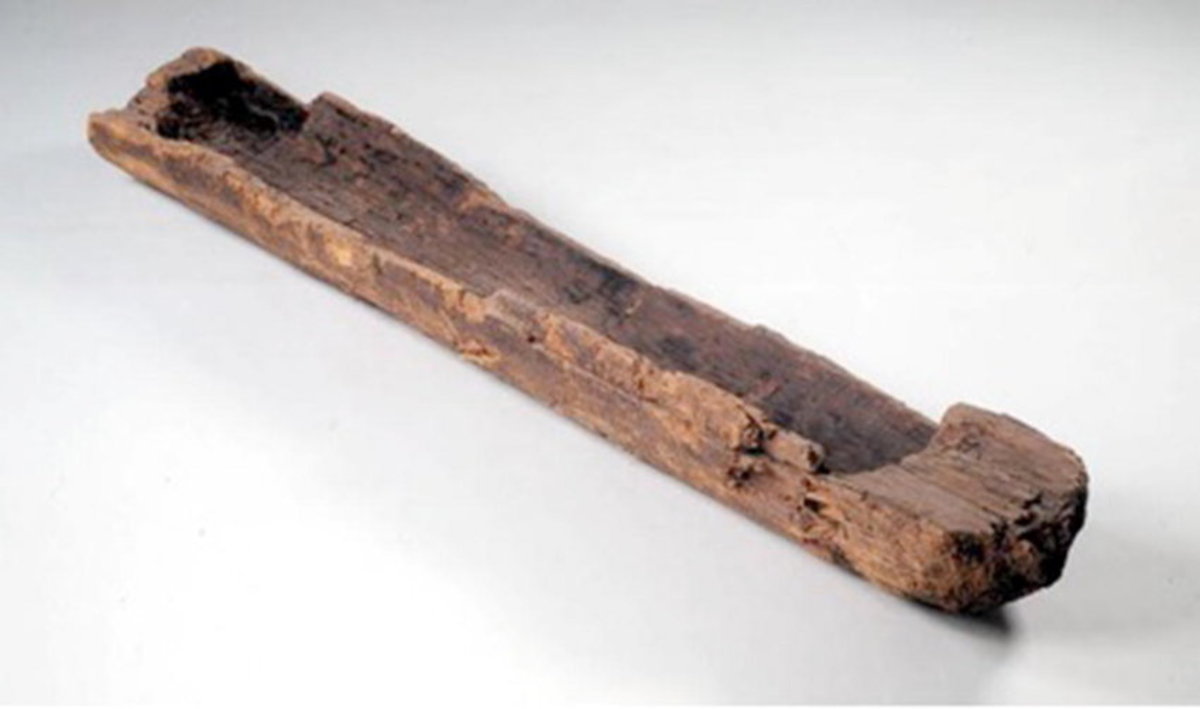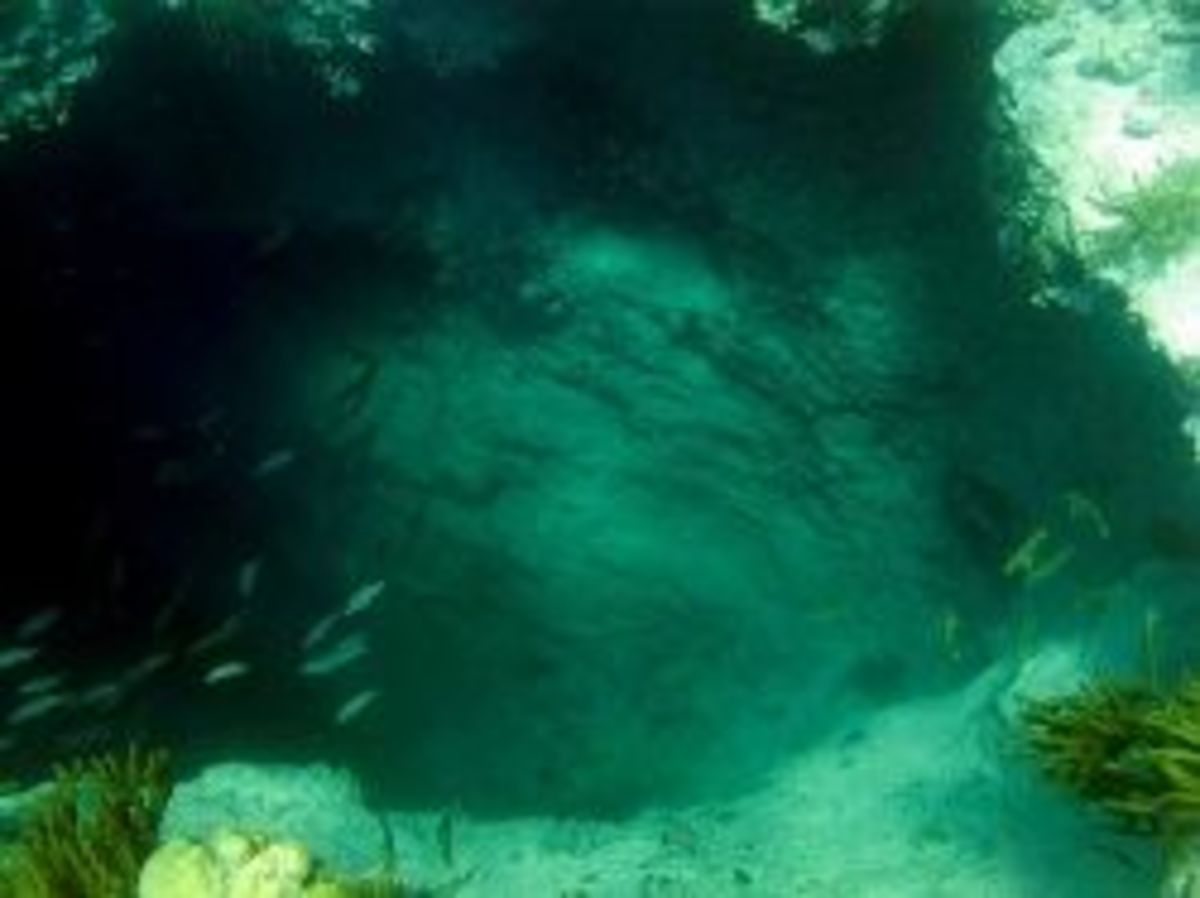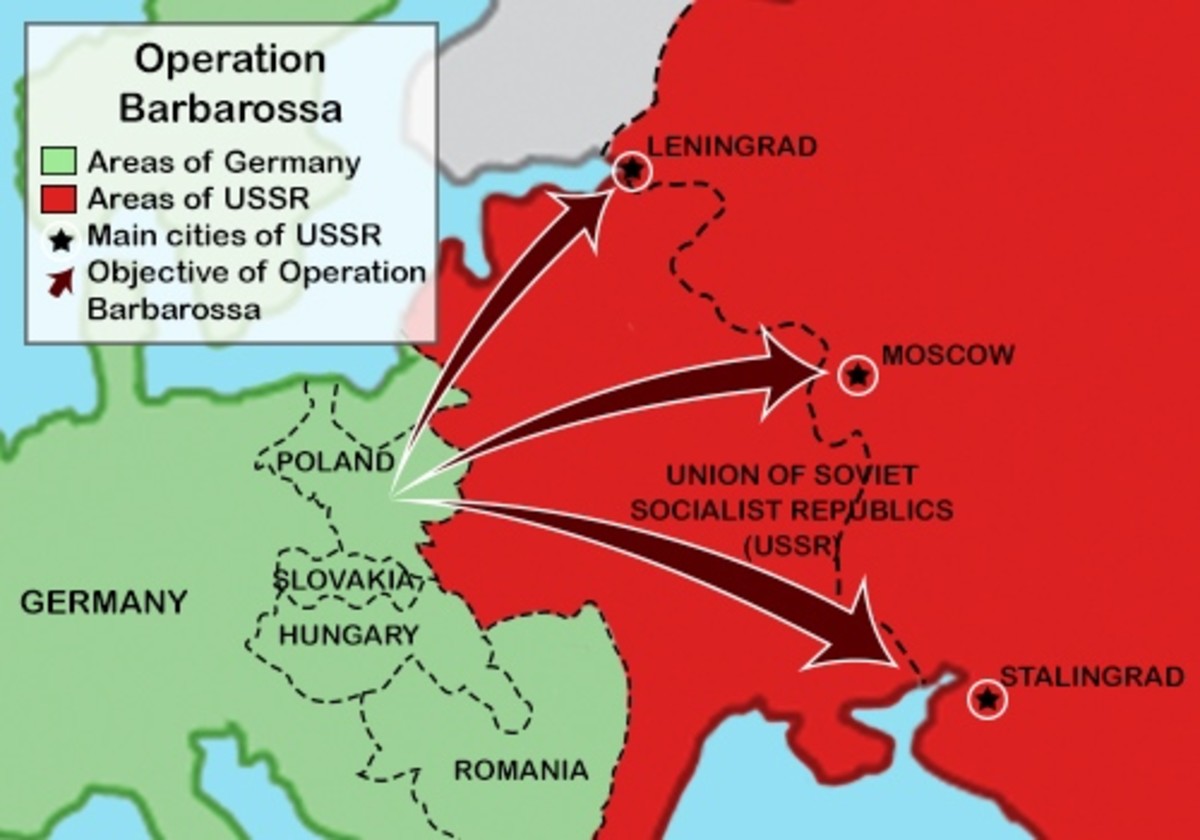Voyages of Zheng He
Who was Zheng He? Did he reach North America during one of his seafaring expeditions in the early 15th century almost 80 years before Columbus? What was his purpose and under whose authority did he undertake those difficult and costly adventures? Why there were no written records that detailed each one of the expeditions?
In the present day, the only concrete evidence that showed that such extraordinary voyages had even occurred were the folklores, porcelains, artifacts, and statutes that were left behind at various islands and ports in the South China Sea and the Indian Ocean.
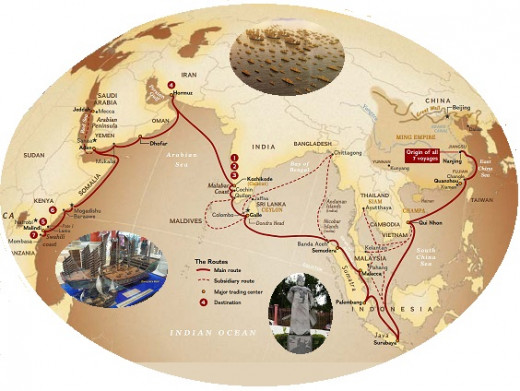
Early Years
Zheng He was born in 1371. When he was a young boy playing in the field not far from his home, Zheng He was abducted by a group of imperial guards on a mission to recruit servants for the Emperor's concubines whose numbers were sometimes in the thousands. Along with the other youngsters, he was brought to the capital city where his testicles were surgically removed since only a eunuch could serve among the Emperor's concubines.
However, in a twist of fate, he was assigned to serve in the royal court of the young Emperor's powerful uncle, Zhu Di, who was in charge of the Northern territory in the present-day Beijing area. As Zheng He grew older and stronger, he soon gained the trust and confidence of Zhu Di due to his intelligence, royalty, diligence, and bravery in battles.
Emperor Zhu Di
Zhu Di was the 4th son of the Ming Dynasty’s founding emperor. He was ambitious and a capable leader of a fighting army. He was greatly disappointed that he was not chosen to be the next ruler when the first son of the founding emperor died prematurely of illness. To avoid controversy and to follow the family tradition, the founding emperor decreed the elder grandson (Zhu Di’s nephew) to be the next in line to the throne.
After the founding emperor passed away, in attempting to rein in his uncle’s power, the young 2nd emperor of the dynasty at the urge of his advisors decided to take away Zhu Di’s powerful army in the north. Fearing for his safety, Zhu Di revolted and in a battle, he was successful in deposing his nephew to become the Ming Dynasty’s 3rd Emperor.
After the uprising, the body of Zhu Di’s nephew was never found and rumors had that he was able to escape to an island in the South China Sea. After taking over as the emperor, Zhu Di wanted to fulfill his vision to spread his power over not only the land that he could see but also the unknown land beyond the vast ocean. So, in a bold move, disregarding the Ming's founding emperor's decree of forbidding the trade and venture over the sea and using the threat that his nephew would one day return to reclaim his rule, Zhu Di ordered his capable confidant, Zheng He, to organize a seafaring expedition to search and kill his missing nephew as well as spreading Ming Dynasty’s wealth, power, and friendship to the untamed world.
Preparation
Along the expedition route, if Zheng He and his followers were to encounter people of unknown origins, he would need to be in positions to fight off hostile tribes and/or to establish friendly and diplomatic relationships with the peaceful countries. In preparation, the task entailed building hundreds of ships big enough to house thousands of armored troops, horses, support personnel, and food supplies to last for months.
Zheng He also saw the need to understand ocean currents and wind patterns, to navigate by the stars, and to know boat formations under different weather conditions.
Voyages
The first expedition took 2 years. The official recorder as well as Zheng He himself kept a detailed diary of the conditions of the sea, the people and conflicts encountered, and the places anchored along the route. Zheng He did not find Zhu Di’s nephew but brought back strange-looking envoys from the friendly nations, exotic animals, native weapons, and gifts.
Emperor, Zhu Di, was pleased and convinced that the world beyond the ocean was also full of wonders as well as threats. So, he persuaded his imperial court to continue the expensive venture. Zhu Di passed away during one of his northern campaigns against the remnants of Yuan Mongols after Zheng He completed his 6th voyage.
During his 7th voyage in 1433, Zheng He felt sick and passed away. He was buried in a foreign land. At this time, the imperial court no longer saw the benefit to further the seafaring expedition. The efforts had been costly and the prevailing mentality had been that China had all the goods and material comforts they need. The outsider cultures were regarded as inferior and barbaric and it was best to keep them out.
To prevent such wasteful and expensive undertakings from ever being attempted by future generations, any records on Zheng He's adventures including shipbuilding blueprints and the places he visited were ordered to be destroyed. Although no detailed records were available, based on historical and archeological data, Zheng He’s 7 expeditions could be summarized below:
1st Voyage 1405 – 1407
Ships ≈ 240 (62 large)
Crews ≈ 28,000
Places ≈ Champa (port south of Vietnam), Java (in the Indian Ocean), Palembang (South Indonesia),
Malacca (Malaysian port), Aru (island eastern Indonesia), Sumatra (island western Indonesia),
Ceylon (Sri Lanka), Kollam (South West India), Cochin (West India), Calicut (North West
India).
2nd Voyage 1407 – 1409
Ships ≈ 240 (48 large)
Crews ≈ 27,000
Places ≈ Champa (port south of Vietnam), Java (in the Indian Ocean), Siam (Thailand), Ceylon (Sri
Lanka), Kollam (South West India), Cochin (West India), Calicut (northwest India).
3rd Voyage 1409 – 1411
Ships ≈ 240 (48 large)
Crews ≈ 27,000
Places ≈ Champa (port south of Vietnam), Java (in the Indian Ocean), Malacca (Malaysian port), Sumatra (island western Indonesia), Ceylon (Sri Lanka), Kollam (South West India), Cochin (West India), Calicut (northwest India), Siam (Thailand), Coimbatore (South India)
4th Voyage 1413 – 1415
Ships ≈ 240 (40 large)
Crews ≈ 27,000
Places ≈ Champa, Java, Palembang, Malacca, Sumatra, Ceylon, Cochin, Calicut, Kaya, Pahang, Kelantan, Aru, Hormuz, Maldives, Mogadishu, Barawa, Malindi, Aden, Muscat, Dhufar
5th Voyage 1416 – 1419
Ships ≈ 240 (48 large)
Crews ≈ 27,000
Places ≈ Champa, Pahang, Java, Malacca, Sumatra, Ceylon, Sharwayn, Cochin, Calicut, Hormuz, Maldives, Mogadishu, Barawa, Malindi, Aden
6th Voyage 1421 – 1422
Ships ≈ 240 (48 large)
Crews ≈ 27,000
Places ≈ Hormuz, East Africa, countries of the Arabian Peninsula
7th Voyage 1430 – 1433
Ships ≈ 240 (61 large)
Crews ≈ 27,000
Places ≈ Champa, Java, Palembang, Malacca, Sumatra, Ceylon, Calicut, Hormuz
Afterthought
After Zheng He’s last voyage ended in 1433, China had never attempted another official seafaring expedition. In addition, China closed all its seaports and discouraged its people to conduct any commerce with the foreigners who came knocking at the door over the centuries. In the meantime, through Marco Polo's memoir about his time traveling in China during the Yuan dynasty (1271 to 1295), the Europeans were made aware of a rich and advanced civilization located on a fertile land on the far side the ocean.
In 1492, Christopher Columbus after studying Marco Polo's book and arming with the compass invented by the Chinese set sail and found America instead, across the Atlantic Ocean. It was followed by the Magellan's expedition of 1519–1522 which was the first circumnavigation of the world. Since then, numerous European explorers following in the same footsteps had found and brought back gold and other valuable commodities from the new world.
The Europeans with their continuously refined seafaring knowledge and expertise were able to exploit the local inhabitants and resources along the sea routes to benefit and advance its economy and technology. After the Industrial Revolution, Great Britain with advanced ships and weapons instigated the Opium War in 1840 to force China to open its ports for trade. Other industrial nations looking for gold and other valuable commodities joined the invasion after discovering that China had a rich culture but possessed only 15th-century land and sea fighting forces. At a time when there was no world governing body, China was at the mercy of the marauders watching helplessly its country being plundered and partially occupied.
On his last voyage, Zheng He, sensing that the imperial court was ever losing sight of the importance of the seafaring expedition, offered this observation: The Sea can provide great wealth but the Sea can bring even greater enemies. China was paying a hefty price for not heeding Zheng He’s advice even to the present day.
